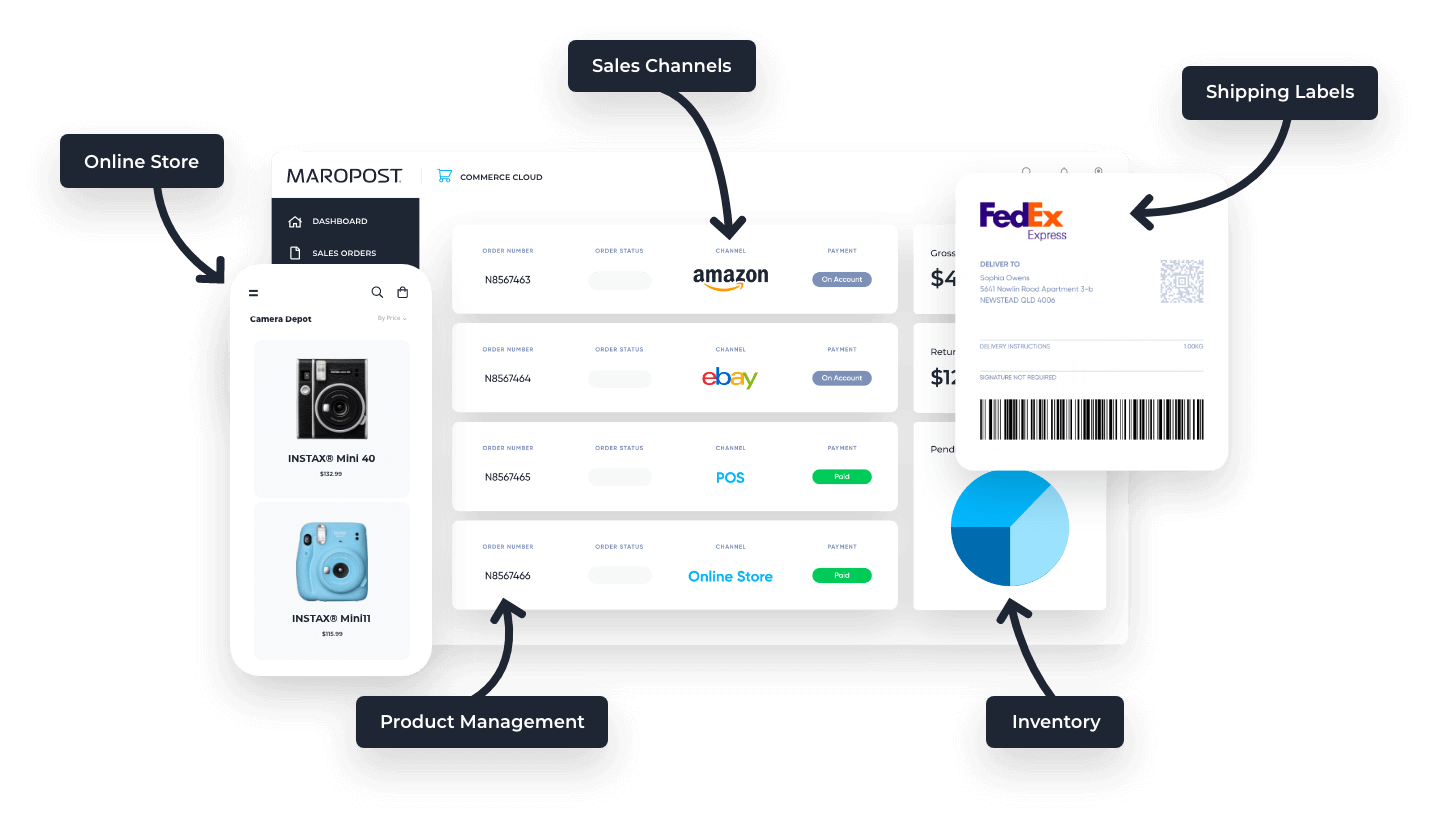Let’s talk about data.
More specifically, let’s talk about big data in the media and entertainment industry. There was a time when companies in the media and entertainment sectors had to read reviews, interview customers, read TV and chart rankings to gain customer data and insight.
Clearly that is no longer the case. Today, across all devices and media types, companies can track clicks, views, engagement, shares, and more. All of this data is vital information once analyzed and organized.
5 ways big data plays in the media and entertainment industry:
1) Predicting What Your Audience Want
In our digital world, entertainment is accessible at our fingertips through live streaming, TV, desktop computers, smartphones, smart devices, apps and much more.
The amount of data that media and entertainment companies are capable of gathering on a daily basis is mind-blowing; however, it’s what they do with all that information that really makes all the difference.
The data can be collected, yet never analyzed or analyzed properly- which doesn’t provide any insightful information about customer behaviour. The largest challenge is taking all the miscellaneous data and make sense of it.
Once the data is translated into useful information, it can be used to predict the demand of genre of shows, music, content for a given age group on different given channels, and so much more.
The New York Post uses Maropost for Marketing to analyze their data, create customer segmentation, to generate personalized content, and customer journeys across multi-channels.
2) Insights into Customer Churn
Understanding why subscribers unsubscribe to your mailing list has been a million-dollar question for years, and it has always seemed impossible to answer.
Media and publishing platforms found out that at least 30% of their customers would share their reviews on social media.
Before the use of big data, companies would play connect the dots by trying to gather and make sense of user’s data from multiple sources, including social media, which was a lengthy and challenging task and the information was not guaranteed to be accurate.
Big data has made it possible to know why customers have subscribed and unsubscribed, and what kind of content customers enjoy receiving and content they disliked.
By understanding why consumers subscribe and unsubscribe, media and entertainment companies can create the best promotional to attract and retain customers.
Maropost for Marketing has allowed customers, like New York Post and DigitalMarketer, to create a single customer view by connecting offline and online data sources, to provide a personalized experience across multi-channels.
3) Optimized Scheduling of Media Streams
According to Statista, 2.62 billion people have a social media account. Big data provides insight for media and entertainment companies to understand when customers are most likely to view content and what devices they are using.
Big Data identifies the exact content viewers want to see and at the time they’ll most likely view it at, this helps strengthen the relationship between the company and the customer, resulting in increased brand loyalty. And we all want brand loyalty, am I right?
Reach your audience at the right time, by using Maropost for Marketing. M4M allows users to select multiple send-time options, to drive engagement across channels.
4) Content Monetization
Entertainment and media companies can use big data to understand what content, products and features consumers want. Product updates have become more cost effective and time effective, thanks to the analysis of customer data.
You’ll never know what features your consumers want or need you to release if you do not dive into the data, it could give you a competitive edge, increase revenue and brand loyalty.
Maropost for Marketing assisted Mother Jones to analyze big data to understand their current market better and to grasp what content their customers want to receive, resulting in increased ROI.
5) Effective Ad Targeting
Big data gives a clearer understanding of consumer behaviour across various platforms. With the use of traditional demographic data, companies can create personalized ads for each user.
Big data helps advertiser and companies to better understand the kind of ads consumers are willing to see. It also provides information about the type of content viewers watch, at what time, and the duration.
This way advertisers can create more personalized ads, which increase CTR’s and conversions.
There is a significant difference between having data and understanding what your data means. Without analyzing and transforming the data into actionable insight, it’s useless, and it means virtually nothing. Once the data has been translated into information, it will be the reason for increase customer relationships, resulting in more brand loyalty.
See how to analyze and organize your company’s consumer data in our guide: Doing More With Data
Need to chat about your mobile marketing strategy?
More than 10,000 marketers use Maropost to engage with their prospects and customers through emails, SMS, social media and more. We’re here to help you growing your business!
Chat Now

